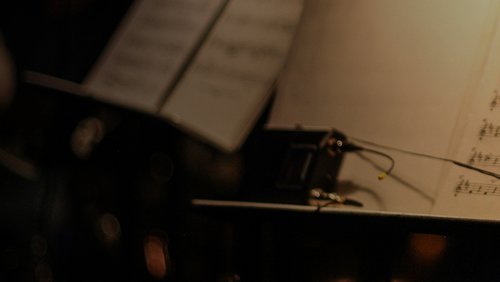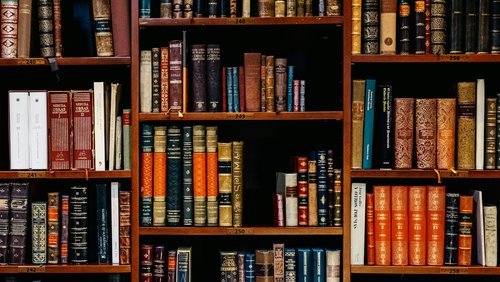22 Mar 2024
New Engineering New Zealand Fellow Paul Morgan is passionate about engineering better solutions for our environment. He has more than 25 years of experience in the assessment, design and development of water infrastructure, particularly in hydropower, irrigation and rivers. Paul is proud of his whakapapa to Kāi tahu and is providing leadership in the integration of mātauranga Māori into water projects at Stantec.
What’s on your bedside table?
While I don’t actually have a bedside table, I do have a mantlepiece close by. It holds books, boxes of treasures, medicines, various items that require current attention and sometimes the things I need to repair.
Let’s focus on those books, why did you choose them?
I’m currently reading Kāwai: For Such a Time As This by Monty Soutar, a historical fiction following a Māori whanau from the 1700s through to modern times. I am enjoying the insights into life before and during the time of European arrival and the impacts it has on this whanau. A few other favourites include The Dictionary of Lost Words by Pip Williams which, like many of my books, I found at an airport while travelling. Also, The Map that Changed the World by Simon Winchester. This is the story of William Smith, a geologist who created the first geological map of Great Britain, the first of any country. Finally, Matariki: The Star of the Year by Rangi Mātāmua, who has dedicated his life to increasing his knowledge in this area.
How do they help you in your role?
In water, we are working out how we can integrate mātauranga Māori with our Western science and engineering, aiming to find a better balance with cultural needs and lift the health of our environment. Kāwai and Matariki, along with several other books, have helped deepen my understanding of Te Ao Māori. The Dictionary of Lost Words offers a different perspective on how to think about our world, and The Map that Changed the World holds a powerful message about the importance of just being out in the world and what can be achieved through focused observations. This links back to Matariki as Māori made sense of the stars through just observing them and how they navigated across the Pacific Ocean centuries before Europeans were able to do it with the aid of instruments.
Which group of engineering professionals is this type of publication most helpful for and why?
Those who frequently cross over between the engineering and science spaces, and also into the cultural space. In water, this should be all of us, and most other engineering fields, too.
What is the top book you would recommend to other engineers and why?
Books are very personal. I don’t think it’s possible to decide which book is best for someone else as we each must find the ones we can relate to. For me, these are books that tell stories of how Western science thinking has developed, as well as those which help grow my understanding of mātauranga Māori in the hope of finding how they can align. I also love books that expose me to new perspectives.
What book has most influenced the way you work?
I have read many books about the history of, and understanding, science. One favourite is E=mc2 by David Bodanis, a biography of the world’s most famous equation.
What work-related books are on your must-read list?
Currently, I’m reading various guidelines and reports and information provided by Poipoia and other sources of knowledge about Te Mana o te Wai. My work involves finding better ways to undertake engineering processes that integrate with Te Ao Māori, which links to finding ways to improve the health of freshwater, and these publications are providing a strong basis for a framework on how I approach projects no matter what changes are made around us.
What do you read for fun?
I enjoy unusual books that combine some fact with a story about people who see the world differently to those around them. Some favourites include The Language of Flowers by Vanessa Diffenbaugh, The Book of Speculation by Erika Swyler, and recently All the Light we Cannot See by Anthony Doerr.
SPEED READ
Ebook/paper copy
Borrow/own
Bookmark/turn down page
This article was first published in the March 2024 issue of EG magazine.




